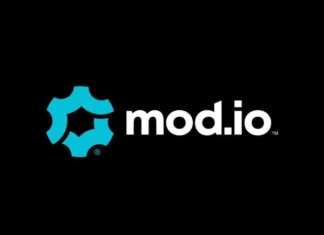The world is rapidly entering the digital world, and the fundamentals of where and how a workload is completed are also rapidly changing. Consumer demands, rapid objectives, and the difficulty of primitive technology solutions to grow and satisfy rapidly changing the needs of the customers are just a few factors.
According to a research agency, 68.3% of firms are thinking of changing to get away from outdated IT techniques with the help of Azure VMware solutions digitally.
To achieve this growth cycle, a maximum of the leading industry participants recognize that they will need to work together. As a result, prominent industry players are making deals at a high rate to be the ones to bring all the handy solutions to market.
For various reasons, the cloud service quickly has become the foundation of any digital transformation. It is estimated that about 79.98% of the workload will have moved to the cloud.
This supply and demand projection has resulted in a noticeable shift in cloud models, with the focus changing from cost economics to adaptability, portability, connectivity, and AI/ Automating characteristics.
Collaboration with other industry leaders, such as Azure, can maintain both of them in the lead, and they are not alone in recognizing market realities early. As a result of this collaboration, a dynamic product was born, allowing users to ingest and execute the VMware application on the Azure VMware solution.
The Azure VMware solution guarantees enterprise-grade resiliency and interaction with other products and services. In terms of the VMware cloud workloads, Microsoft’s AVS combines the cloud, tools and strives to modify the way users engage with the systems and resources.
The commercial perks of the economy in cloud service, worldwide availability, and the accessibility of VMware on Microsoft native services are also brought closer to enterprises through this relationship. Customers can examine the following features and benefits:
- Customers may have easy access to Microsoft native facilities and ecosystem, allowing them to bridge the digital divide and take advantage of the newest cloud capabilities and services such as Azure AD, Azure CDN, IoT hub, API Management, and others.
- It allows you to take advantage of the SDDC platform as a cloud service that is on-demand, allowing you to leverage your existing investments in tools, technologies, licenses, and skillsets for the whole VMware ecosystem. Azure VMware solution also provides access to VM, allowing third-party applications to be integrated more easily.
- Microsoft’s AHUB specifies the user to use current licenses to avoid complicated licensing structures. BYOL is available for VMware products other than HCX, NSX-T, vSphere, and vSAN, such as vROPS and VRO.
To develop and operate with your cloud service clusters, the Azure VMware solution allows you to choose from various billing periods. For instance, you can execute test and development workloads at per hour rate with the monthly model.
Yet, with the one-third annual commitment model of consumption, you can get 50 percent open benefits for the QA workloads. For example, you can execute test and development workloads at an aggressive per hour rate with the monthly model.
Yet, with the one-third annual commitment consumption model, you can get 50 percent open benefits for the QA workloads and production.
Just like HCL was an early adopter of Azure VMware solution, testing and validating various consumer use functionalities, resulted in a set of supporting documents that today form part of a vast knowledge base. It was crucial in establishing clear, compact design and production blueprints, which improved the entire client experience.






![MX Player Custom Codec [AC3, DTS, MLP, TrueHD, and more] MX Player Custom Codec](https://techmenza.com/wp-content/uploads/2021/10/MX-Player-Custom-Codec-100x70.jpg)


